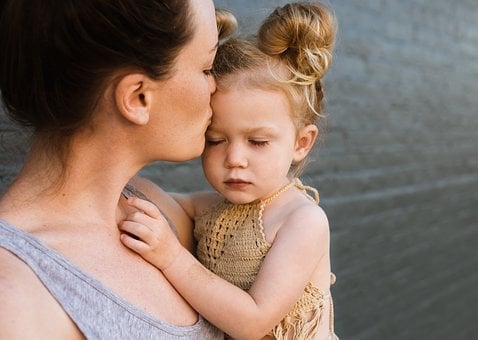Positive Discipline

Positive discipline is an approach that emphasizes mutual respect, understanding, and guiding children towards acceptable behaviors through constructive methods rather than punitive measures. By fostering emotional intelligence, self-regulation, and problem-solving skills, positive discipline equips children with the tools necessary to thrive both academically and personally.
Key Principles of Positive Discipline:
-
Mutual Respect: Treating children with dignity encourages them to respond respectfully to others.
-
Positive Reinforcement: Acknowledging and praising desirable behaviors motivates children to continue exhibiting them.
-
Clear Expectations: Setting and communicating clear, consistent rules helps children understand acceptable behaviors.
-
Empathy and Understanding: Recognizing the reasons behind a child's behavior allows caregivers to address underlying needs effectively.
-
Problem-Solving Skills: Encouraging children to participate in resolving conflicts fosters critical thinking and cooperation.
Benefits of Positive Discipline:
-
Responsibility: Children learn to take ownership of their actions.
-
Self-Discipline: They #develop the ability to regulate their behavior independently.
-
Improved Self-Esteem: Positive reinforcement builds confidence and a sense of accomplishment.
-
Stronger Relationships: Mutual respect strengthens the bond between caregivers and children.
Implementing positive discipline involves creating a supportive environment where children feel #safe to #express themselves and learn from their experiences. For childcare professionals seeking to enhance their skills in this area, ChildCareEd offers the course "Positive Attention: Interactions & Supervision of Infants & Toddlers." This training provides insights into understanding different temperaments and strategies for appropriate interactions and supervision.
Additionally, ChildCareEd provides a variety of #free resources to support childcare providers. One such resource is the "Understanding Biting and Hitting in Early Childhood" guide, which offers valuable information on addressing these common behaviors in young children.
For further reading on effective discipline techniques, consider exploring the article "Strategies for Effective Discipline: Techniques for Addressing Common Behavioral Challenges in Childcare," available on ChildCareEd's website.
By embracing positive discipline, caregivers can #nurture a child's social and emotional #development, laying the foundation for a well-adjusted and resilient individual.
- A Closer Look into Developmental Theories
- Childhood Basics: Discipline, Curriculum and Development
- Mysteries of Challenging Behavior Solved
- 16 Hour Texas Pre-Service
- Solutions NOT Punishments
- Developing Program Tranquility
- Viewing Guidance in a Positive Light
- Brighter Futures: Social Emotional Development
- Staying Positive: Guidance for Preschoolers
- Understanding Why Toddlers Bite
- Positive Discipline
- Annual Training in Texas
- Texas Pre-Service Training
- Strategies for Effective Discipline Techniques for Addressing Common Behavioral Challenges in Childcare
- Is the 90-Hour Childcare Certification Really Worth It?
- How Old Do You Have to Be to Work at a Daycare?
- Mastering Classroom Management: Top Tips for Early Educators
- Creating a Positive and Calm Classroom Environment
- Navigating the Maze of Child Care Licensing in Texas
- Positive Discipline: Strategies That Actually Work
- The Role of the Environment in Shaping Behavior
- 😅❌ How Can I Handle a Toddler Who Says “NO!” to Everything in the Classroom?
- 🚀How Can New Staff Quickly Get Oriented to North Dakota’s Childcare Standards?
- Positive Discipline Strategies for Child Care Providers